Objective: Pain relief resulting from services delivered by doctors of chiropractic may allow patients to use lower or less frequent doses of opioids, leading to reduced risk of adverse effects. The objective of this investigation was to evaluate the association between utilization of chiropractic services and the use of prescription opioid medications.
Design: The authors used a retrospective cohort design to analyze health insurance claims data.
Setting: The data source was the all payer claims database administered by the State of New Hampshire. The authors chose New Hampshire because health claims data were readily available for research, and in 2015, New Hampshire had the second-highest age-adjusted rate of drug overdose deaths in the United States.
Subjects: The study population comprised New Hampshire residents aged 18–99 years, enrolled in a health plan, and with at least two clinical office visits within 90 days for a primary diagnosis of low-back pain. The authors excluded subjects with a diagnosis of cancer.
Outcome measures: The authors measured likelihood of opioid prescription fill among recipients of services delivered by doctors of chiropractic compared with nonrecipients. They also compared the cohorts with regard to rates of prescription fills for opioids and associated charges.
Results: The adjusted likelihood of filling a prescription for an opioid analgesic was 55% lower among recipients compared with nonrecipients (odds ratio 0.45; 95% confidence interval 0.40–0.47; p < 0.0001). Average charges per person for opioid prescriptions were also significantly lower among recipients.
Conclusions: Among New Hampshire adults with office visits for noncancer low-back pain, the likelihood of filling a prescription for an opioid analgesic was significantly lower for recipients of services delivered by doctors of chiropractic compared with nonrecipients. The underlying cause of this correlation remains unknown, indicating the need for further investigation. READ THE FULL PAPER HERE

